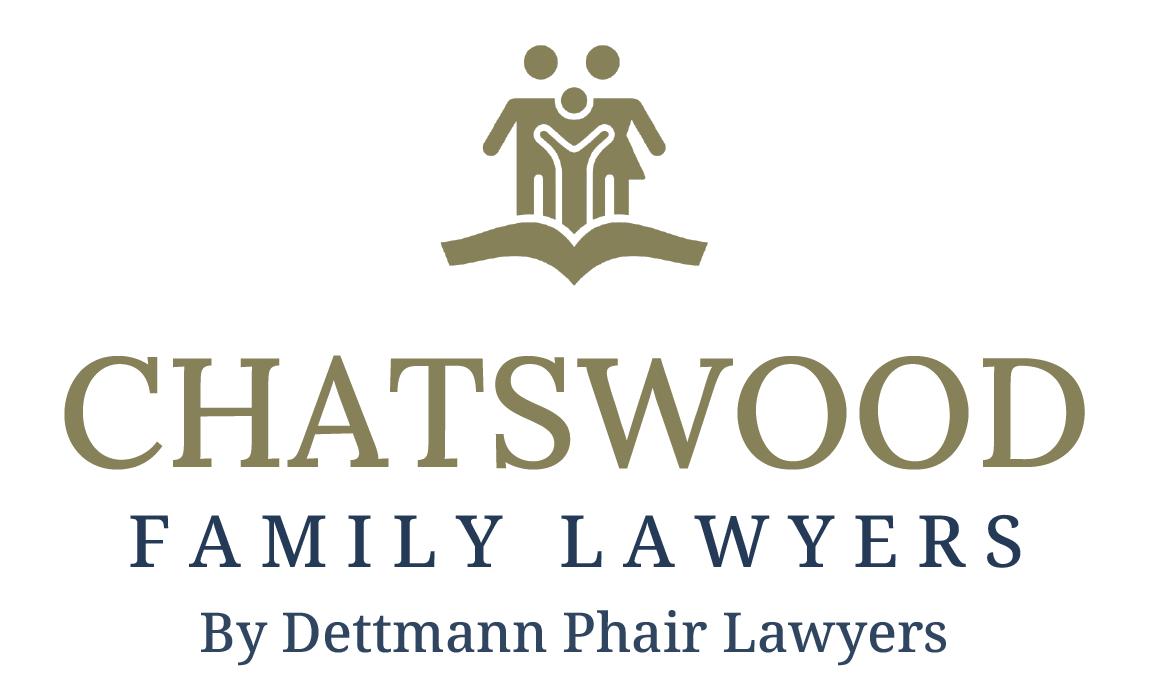In the realm of SaaS marketing, staying abreast of the trends and tactics is crucial for achieving success. One prevalent strategy adopted by SaaS marketing firms is the revitalization and repurposing of SaaS content. In this article, we will delve into why SaaS marketing agencies see value in updating their existing content and the methods they use to accomplish this.
Reasons for Refurbishing Old SaaS Content
Updating content serves several purposes for a SaaS marketing agency. First, it enables companies to enhance their content’s quality and relevance, attracting traffic to their websites. Second, refreshed content showcases a dedication to remaining up-to-date in a changing industry. Third, rejuvenating content can elevate search engine rankings and amplify visibility.
The Procedure for Revamping Old SaaS Content
The following are the essential steps involved in revamping old SaaS content:
1. Conducting a Content Audit:
Conducting a content audit is imperative before initiating any revisions or modifications. This entails evaluating existing SaaS content to pinpoint pages or articles that necessitate attention. Key metrics to consider during this audit may encompass page views and statistics like time on page and bounce rate, as well as keyword rankings.
2. Identifying Areas for Improvement:
After completing the audit, organizations can pinpoint where the existing content lacks and needs enhancements. For instance, incorporating research or recent trends that have emerged since the initial publication can offer insights to readers.
3. Enhancing Visual Appeal:
Visual changes can significantly boost user engagement and experience. Consider including high-quality images related to the topic or integrating multimedia elements such as videos or infographics in different sections throughout the piece.
4. Streamlining Information:
One effective approach to revitalize SaaS content is to condense information into concise points or step-by-step lists. Breaking down ideas into easily digestible segments ensures that even less experienced readers can grasp them effortlessly.
5. Optimizing SEO Elements:
Implementing search engine optimization (SEO) techniques during the content-updating process is crucial. This involves identifying keywords, using structured headings, crafting descriptive meta tags, and ensuring appropriate internal linking.
6. Adding Value through Updates:
Incorporating information that surpasses what was originally provided can help establish credibility within the SaaS industry. When it comes to sharing updates like statistics, case studies, or success stories, these can showcase agencies as leaders in their field and as sources of information for their audience.
7. Incorporating User Feedback:
Gathering and integrating feedback from users who have interacted with the content can provide invaluable insights into what works and what doesn’t. This can be achieved through surveys, comments, or direct outreach. Understanding user pain points and preferences helps tailor the content to meet audience needs better.
8. Ensuring Consistency in Tone and Style:
Consistency in tone and style across all content pieces is vital for maintaining a professional image and enhancing readability. Revisiting old content to align it with the current brand voice and writing guidelines ensures a cohesive user experience.
9. Updating Technical Information:
Technology evolves rapidly, and SaaS products often undergo updates and improvements. Revising old content to reflect the latest features, tools, and capabilities of your SaaS solutions is crucial. This not only keeps the information relevant but also highlights your commitment to innovation.
10. Promoting Updated Content:
Once the content has been revamped, promoting it through various channels is essential to reach a wider audience. This can include sharing updates on social media, email newsletters, and relevant forums or communities. Highlighting the refreshed content’s new insights and value can attract both existing and new readers.
Repurposing Old SaaS Content:
The following steps can help you repurpose old SaaS content to derive benefits:
1. Converting Blog Posts into Guides or Whitepapers:
A good way to repurpose old SaaS content is by merging multiple related blog posts to create comprehensive guides or whitepapers. By delving into a topic and offering detailed insights and practical examples, agencies can attract more leads who are actively seeking detailed resources.
2. Adapting Written Content into Videos or Podcasts:
In today’s era of endless multimedia consumption, transforming written content into engaging video content or podcast episodes is a good strategy to reach diverse audiences. The original content forms the basis for the video or podcast format, allowing agencies to effectively repurpose their expertise.
3. Developing Infographics or Visual Summaries:
Summarizing concepts from articles into visually appealing infographics enhances reader comprehension and generates shareable content. Presenting highlights from pieces of content in a visual manner has been proven successful in gaining backlinks and expanding readership.
4. Creating Social Media Snippets:
Break down larger pieces of content into bite-sized snippets for social media. Quotes, statistics, and key takeaways can be turned into posts for platforms like Twitter, LinkedIn, and Facebook. This approach keeps your social media channels active and drives traffic back to the original content.
5. Building Email Newsletters:
Repurpose old content into engaging email newsletters. Highlighting key articles, guides, or updates in a digest format keeps your subscribers informed and engaged. It’s a great way to reintroduce valuable content to your audience in a new light.
6. Hosting Webinars or Live Q&A Sessions:
Use old content as the foundation for interactive webinars or live Q&A sessions. This breathes new life into existing materials and allows for real-time engagement with your audience. Addressing their questions and providing insights fosters a deeper connection and trust.
Analyzing and Utilizing User Feedback
Leveraging user feedback also offers a number of benefits to SaaS businesses:
- Collecting User Feedback: SaaS marketing firms value user feedback when shaping their content strategies. By soliciting feedback via online polls and keeping an active presence in the comment sections of social media sites, businesses can update old SaaS content while staying aligned with user expectations. By listening to user responses, they learn which subjects hit the mark and which ones fall short.
- Incorporating User Feedback: After collecting user input, marketing agencies analyze the data to identify themes and preferences among their audience. They use this insight to shape the content updating strategy so that it hits the mark with users every time.
- Implementing Changes Based on Feedback: Actionable changes are made once the feedback is analyzed. Consider this: updating what’s outdated, injecting new ideas into the mix, or transforming how information is delivered might just do the trick. With regular updates to their material, S.C., firms in the software as a service industry are more likely to keep people coming back.
- Improving User Retention: Engaging with users and incorporating their feedback fosters a sense of community and loyalty. A sense of being truly heard can profoundly affect how users view a service; it raises their happiness levels and enhances loyalty over time. Everyone benefits!
- Enhancing Product Development: Feedback isn’t just for content. It’s a treasure trove for creating new products. When SaaS businesses really listen to what troubles their customers, they’re able to refine products in ways that truly matter. Imagine a smoother, more inviting experience—that’s what this improvement offers.
- Boosting Customer Support: User feedback often highlights areas where customers struggle. Resolving issues swiftly allows a SaaS business to refine its approach to customer support, making every interaction count. A proactive approach resolves issues swiftly and elevates the entire user journey.
- Driving Marketing Strategies: We learn what works in our messaging as users respond to it—feedback illuminates the way! Harnessing this info lets you build stronger, smarter advertising drives. SaaS businesses should tailor their communications to meet user concerns head-on to win over and hold onto their clientele.
- Measuring Success: Continuous feedback collection allows SaaS businesses to measure the success of their strategies. Observing shifts in user contentment and interaction helps them recognize what’s effective as well as opportunities for fine-tuning. Long-term achievement depends heavily on regular refinement and improvement.
Final Thoughts
Refreshing and repurposing SaaS content is critical to the success of modern marketing strategies. This approach updates information and enhances website performance and SEO rankings while attracting new leads through innovative formats and increased visibility. By conducting content reviews, optimizing SEO elements, adding value through updates, and creatively repurposing existing SaaS content, marketing agencies can stay competitive in the market and maximize their content marketing endeavors.






